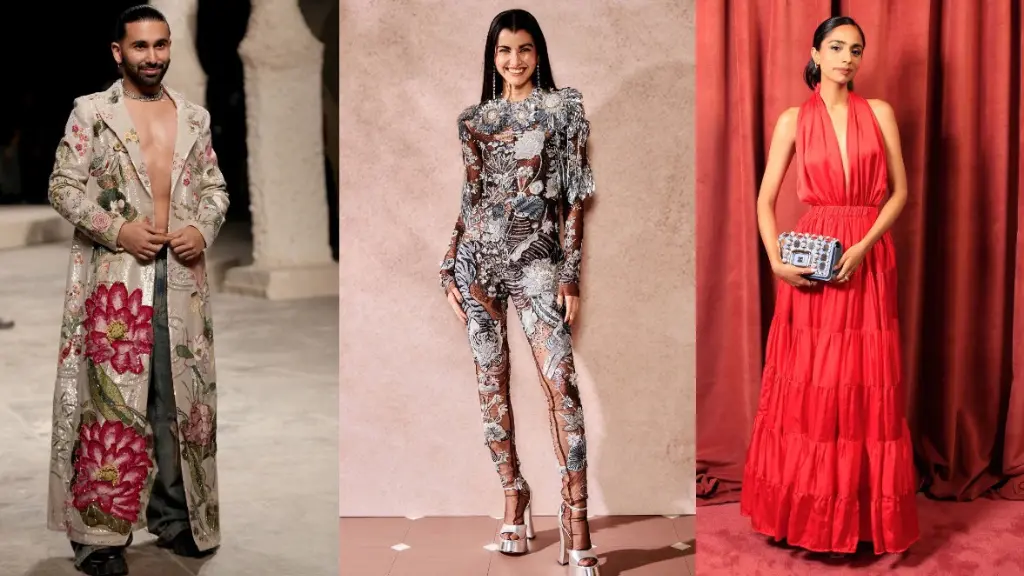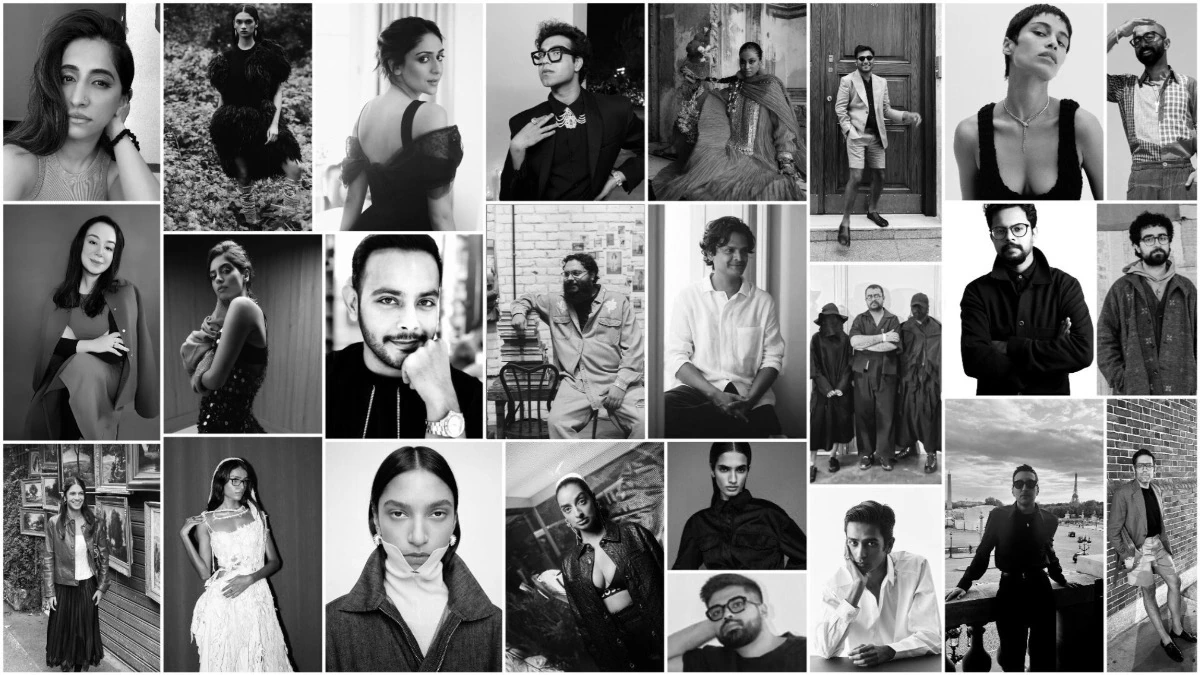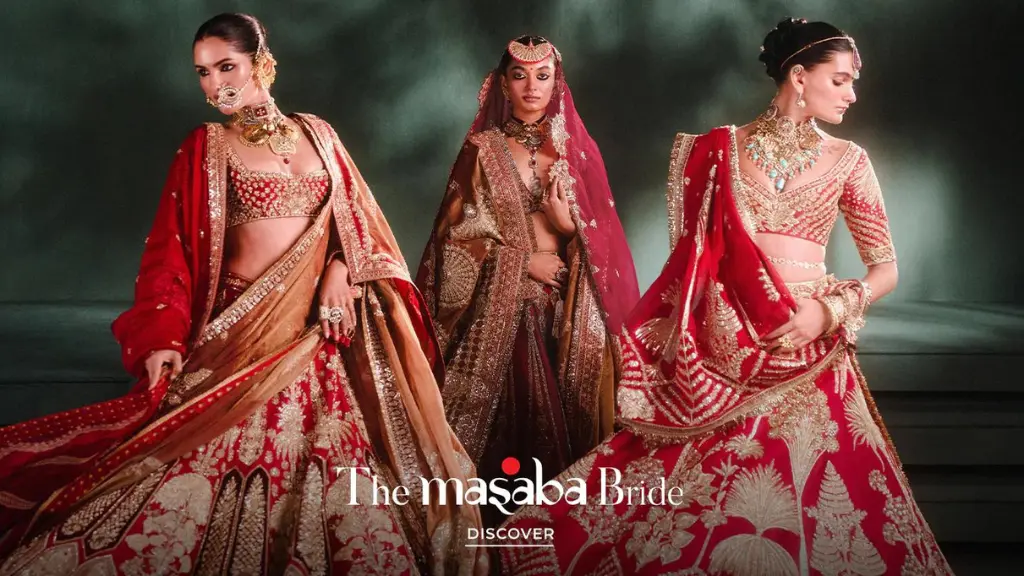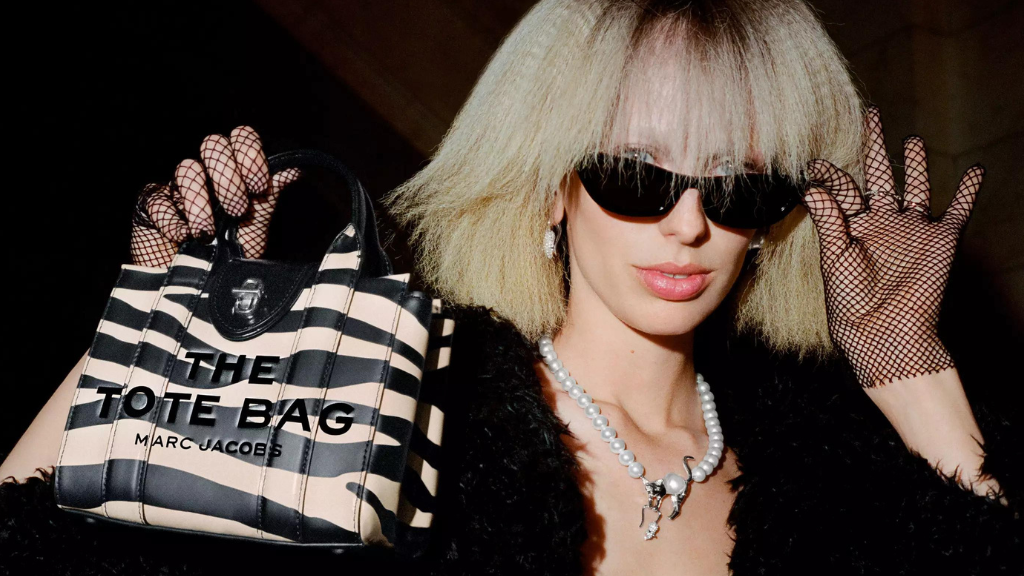Luxury fashion has undergone a transformation in India. For decades, it was synonymous with international brands and unattainable exclusivity. But for the new generation of Indian creatives, luxury has a different definition. It’s not just about high price tags or opulent aesthetics. It’s about storytelling, cultural identity, sustainability, and innovation.
This new wave of designers and creatives is putting India on the global fashion map. By combining traditional craftsmanship with modern sensibilities, they’re reshaping the idea of luxury for their audience and the world.
You May Also Like: Cabo Verde With The Essential Guide
1. A Blend of Heritage and Modernity
India’s deep-rooted textile heritage plays a significant role in the evolving luxury fashion landscape. For the new generation, luxury is about celebrating this heritage while adapting it for contemporary tastes.
Designers like Rahul Mishra, Masaba Gupta, and Anita Dongre incorporate traditional techniques such as hand embroidery, weaving, and block printing into their collections. At the same time, they experiment with modern cuts, silhouettes, and global trends.
For these creatives, luxury is not just a product; it’s a connection to India’s cultural legacy. It’s about creating pieces that tell a story—one that resonates both locally and globally.
2. Sustainability as a New Luxury
Young Indian designers are redefining luxury as synonymous with sustainability. The modern consumer, especially Gen Z and Millennials, values ethical practices as much as aesthetics. This has pushed Indian brands to focus on eco-friendly materials, fair trade practices, and slow fashion.
For instance, labels like Pero by Aneeth Arora and 11.11 / eleven eleven emphasize natural dyes, organic fabrics, and traditional weaving techniques. These practices not only preserve India’s artisanal crafts but also align with the global movement towards responsible fashion.
For these creatives, true luxury lies in the impact their creations have on people and the planet.
3. Inclusivity and Representation
In the past, luxury fashion in India often catered to a narrow audience. But today’s designers prioritize inclusivity. They create for diverse body types, skin tones, and lifestyles.
Brands like House of Masaba challenge conventional beauty standards with vibrant, bold designs that resonate with a younger, more inclusive audience. Meanwhile, designers like Sabyasachi Mukherjee celebrate Indian identity by embracing cultural motifs and traditional attire in global campaigns.
This inclusivity reflects a new definition of luxury: one that is accessible, relatable, and authentic.
4. The Rise of Digital Fashion
The new generation of Indian creatives thrives in the digital age. Platforms like Instagram, Pinterest, and online fashion weeks have given designers unprecedented visibility.
Social media allows them to connect directly with their audience, breaking down the exclusivity traditionally associated with luxury fashion. For example:
- Arpita Mehta and Ridhi Mehra showcase their collections on Instagram, reaching younger audiences worldwide.
- E-commerce platforms like Aza Fashions and Ogaan make high-end Indian fashion accessible globally.
The rise of digital fashion has democratized luxury, making it more experiential and engaging.
5. Global Influences, Indian Roots
Indian designers today effortlessly blend global trends with local aesthetics. This fusion is evident in their work, whether it’s pairing traditional sarees with contemporary blouses or creating Indo-Western outfits.
For example:
- Manish Malhotra’s couture collections often feature western silhouettes adorned with Indian embroidery.
- Rimzim Dadu’s innovative approach to fabric manipulation combines technology with traditional crafts.
By merging these worlds, they’re redefining luxury for an audience that values both tradition and modernity.
6. Luxury Beyond Clothing
The concept of luxury fashion in India now extends beyond apparel. Young creatives are venturing into accessories, footwear, and even home décor, infusing them with the same ethos of sustainability and craftsmanship.
Brands like Amrapali Jewels and Ritu Kumar Home have expanded the boundaries of luxury. This diversification shows that for Indian creatives, luxury is about lifestyle, not just clothing.
7. Challenges and Opportunities
While the future looks bright, Indian luxury fashion faces challenges. Mass production, fast fashion, and a lack of awareness about artisanal crafts threaten the industry. However, these challenges also present opportunities for innovation.
Many designers are investing in educating consumers about the value of handmade products. They are also exploring collaborations with global brands to showcase Indian craftsmanship on a larger stage.
8. The Role of Indian Creatives on the Global Stage
The new generation of Indian designers has successfully made a mark on the international fashion scene. From showcasing at Paris Fashion Week to collaborating with global brands, they are redefining Indian luxury fashion.
Names like Rahul Mishra, Rimzim Dadu, and Sabyasachi Mukherjee have become synonymous with Indian creativity and excellence. They represent a luxury that is rooted in tradition but speaks a global language.
Final Thoughts
For the new generation of Indian creatives, luxury fashion is no longer about exclusivity or opulence. It’s about creating meaningful, sustainable, and inclusive designs that resonate with modern sensibilities.
By blending tradition with innovation, they are redefining the meaning of luxury for Indian and global audiences alike. This transformation is not just a trend but a movement that reflects the values of today’s world.
Cabo Verde’s young designers are proving that luxury is not about price tags; it’s about purpose and passion.










